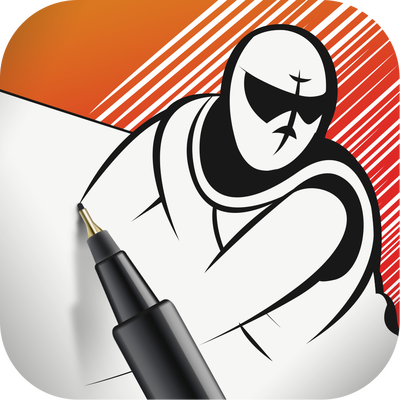Sequential Art As a Solution to Schools in Crisis: Utilizing Comics for Educational ReformCarlos Perez, MFA
SCAD University According to the U.S Department of Education, National Institute of Literacy study from April 15th, 2015 14 % of Americans can not read (below a basic level). This number is equivalent to 32,000,000 people. This study also states that 70% of prison inmates can’t read and 19% of high school graduates can’t read. With numbers this daunting it is time to consider new educational options.Sequential art (This would include comics, comic strips, comic books, graphic novels, and printed cartoons) is a tool that can be used provide solutions to issues dealing with education, especially illiteracy. The book “Wham!: Teaching with Graphic Novels Across the Curriculum” depicts scenarios where graphic novels have been incorporated into the modern classroom with successful results. For example in a Mr. Brown’s history class they were studying the pre-Civil Rights period.Textbooks were used to discuss broad facts and statistics on Jim Crow, racial segregation, and lynchings of African Americans, especially in the Deep South. Mr. Brown also introduces the class to Incognegro (Johnson & Pleece, 2009). A graphic novel which gives a name and face to a Black man facing a lynch mob banging at the jailhouse door after he is wrongfully accused of murdering a White woman in Mississippi. Mr. Brown’s inclusion of graphic novels in history has produced greater enthusiasm for learning and careful, elaborated processing of textual information. Mr. Brown also employed other activities related to graphic novels, including having his students rework important scenes of history into their own illustrated panels, with present-day talk and slang. The 21st Century Classroom Mr.Brown’s modern approach is part of working in “The 21st-century classroom.” An evolution from the traditional learning environment in order to yield more constructive results. Currently their is not a definite research base that demonstrates that greater achievement is a direct result of using sequential art in education but using comics and graphic novels in the twenty-first century classroom offers two clear advantages over the more traditional classroom: 1. Graphic novels help students become highly skilled, enthusiastic, lifelong learners. We live in a fast-paced, highly technical, rapidly changing environment where success demands independent learning and social skills more than knowledge of facts. 2. Using graphic novels makes the teaching experience richer, more satisfying, and fun for both students andteachers. Applications for Graphic Novels Human beings are naturally visual learners. Prior to the first writing systems our ancestors relied on visual learning for survival. Comparatively, today’s youth are growing up in a highly visual, highly technological environment. One in which they are comfortable with and adept at visual learning. Graphic novels provide the opportunity to learn through the medium which they already have facility with. Incorporating graphic novels into the content classroom provides an engaging platform for teachers to address the demands of the Common Core State Standards, (A set of high-quality academic standards in mathematics and English language arts/literacy (ELA) that outline what a student should know and be able to do at the end of each grade. The standards were created to ensure that all students graduate from high school with the skills and knowledge necessary to succeed in college, career, and life, regardless of where they live). • Graphic novels tell a story through prose, dialogue, and visual images- a natural fit to help students learn to comprehend, evaluate, and integrate information ascertained through media other than traditional print. • Graphic novels in conjunction with traditional forms of text can develop student’s ability to analyze multiple texts. • High-quality graphic novels have evolved into extremely complex works of literature that fulfill the CCSS guidelines for complexity. • Careful planning and integration of graphic novels will ensure that the reading and task demands are met. When graphic novels are given legitimacy in content classrooms, youth are more eager to explore disciplinary topics and learning is more memorable. Accompanied by a variety of supportive technology tools graphic novels can transform bland, textbook-centered learning environments into exciting venues for authentic exploration of disciplinary topics. Teaching with graphic novels, as a supplement to traditional instruction, can develop and draw on students’ multi literate practices. Graphic novels with their multi modalities and their engaging content can be used to encourage students to build knowledge, read more deeply, and think more critically about both print and image. Graphic novels also nurture student’s critical awareness of their world. For example C. W. Chun used Art Spiegelman’s Maus in a class of English language learners (ELLs). He explored the graphic novel’s power to teach them to make meaningful connections to their own lives and reflect critically on how the themes of racism and power in Mausoperate in their own worlds. He summarizes his work by asserting: “Using a graphic novel like Maus in the classroom to teach how language works both for and and against people can enable students to acquire the necessary critical literacy that will, as Freire and Macedo (1987) affirmed, aid them in the important tasks of reading both the world and word.” Sequential Art Applications with EFL Students Claude Andre Drolet, of SungKyul University expresses in his paper “Comics in the Development of EFL Reading And Writing” that, “The comic book format is a powerful combination of discoursive skills, artistic creativity and expression. Comics seem to employ a form of visual language that is almost universally understood. Because of their interplay of visuals and words, comics are easily accessible to non-native speakers of English. Moreover, comics have been recognized for their broad appeal to almost any age group or learner level because they depict real dialogue and culture. The use of comics compliments the acquisition of effective comprehension strategies. Comic books and comic strips,with their colloquial dialogue and contemporary settings, can demonstrate for students authentic language at all stages of acquisition. Daily comic strips and comic books are produced for nativeEnglish speakers, not for ESL students, and so are true examples of authentic language. By using comics in the classroom,students can investigate the use of dialogue, concise and dramatic vocabulary, and non-verbal communication.” Drolet’s research entails that comics benefit students who study English as a foreign language. Furthermore, Sequential art can work towards overcoming cross-cultural barriers. Comics printed in foreign languages can be of immense aide for various learning. applications, whether foreign students learning English or native English speakers learning about other cultures. Reading Graphic Novels According to Carol L. Tilley, a professor of library and information science at Illinois, “If reading is to lead to any meaningful knowledge or comprehension, readers must approach a text with an understanding of the relevant social, linguistic and cultural conventions and if you reallyconsider how the pictures and words work together in consonance to tell a story, you can make the case that comics are just as complex as any other kind of literature.” Graphic novels are a distinct form of storytelling that uses both print and artwork to convey a narrative. Navigating this format requires a certain set of literacy skills: • The reader must approach the text and illustrations in tandem • The words and pictures must be carefully analyzed because the authors/ illustrators of high-quality graphic novels make purposeful choices in relation to words, speech bubbles, pictures, format, color, and other graphic features in their book. • It is necessary to slow down and give attention to the many different elements of a story, including: • the printed text • visual images • color • font style and size • visual perspectives • any other graphic elements that convey important information • The reader must identify focal points of the visual images and determine the directionality of the frames. To effectively navigate graphic novels, readers must develop a set of skills that allows them to process all elements of the medium to make sense of authors stories. To best incorporate graphic novels into the classroom teachers must also become adept in these skills. The Language of Sequential Art How To Read a Comic To successfully integrate graphic novels into instruction teachers must pay particular attention to the language and structure of this format. Entire books have been dedicated to understanding comics and graphic novels for example Will Eisner’s texts Comics and Sequential Art and in Scott McClouds’s Understanding Comics are excellent resources for mastering the language of sequential art. Sequential Art and Literacy Sequential art (Comics and graphic novels) are a versatile teaching resource that skillful teachers can use to heighten student engagement, build knowledge of disciplinary topics, and expand students’ literacy capacities. They relate to literacy practices of youth outside of school and to the multi literacy skills that are crucial for success in today’s social, economic, and political environments. JoshElder, founder of Reading With Pictures said, “He learned to read-and more important, to love reading- because of comics. Comics made reading easy, and they made reading fun. So much so that by the fifth grade he was reading at college level. By seventh grade, I was taking college courses on nights and weekends.” In 2009 Reading With Pictures was established in order to “get comics into schools and get schools into comics.”Their mission statement is to “Collaborate with cartoonists to produce exceptional graphic novel content for scholastic use.” Their first book Reading with Pictures:Comics That Make Kids Smarter unites some of the finest creative talents in the comics industry with the nation’s leading experts in visual literacy to create a book that meets the criteria necessary to be accepted as classroom curriculum. The comics format is used to make traditional educational content more engaging (especially to struggling readers), more efficient for advanced readers and more effective for all readers. Comics and Education In the 1940s comic books first became a mass medium and educators enthusiastically researched ways to teach with them, for example, The Journal of Educational Sociology Vol. 18, No. 4, published in 1944, was completely devoted to comics. Unfortunately, along came psychiatrist Frederic Wertham who declared comic books are responsible for juvenile delinquency and other morally corrupt activities. Wertham’s research was published in the book, “Seduction of the Innocent.” Since 2010, professor of Library Science, Carol Tilley combed through all of Wertham’s research and in the process discovered that he had manipulated, overstated, compromised and fabricated evidence. Evidence that had lead to the Wertham Trials of the 1950s, creation of The Comics code Authority and academia effectively ignoring comics thereafter until works that earned literary acclaim came out (For example Maus, Watchmen and Persepolis). Sequential art has had to earn its place as a legitimate literary medium since its existence and has had to overcome setbacks due to malicious claims on the medium. Fortunately, the perseverance of the medium has allowed it to become recognized as remarkable and powerful agent for communication especially in the field of education. “When using comics, the whole brain is engaged. The right brain is engaged with the graphics and left brain is engaged with the storyline, making use of both hemispheres. To read a story and see the story at the same time forces sensory connections to both the left and right hemispheres processors. This makes learning more effective , and might even make it fun. If educators can make learning “something we do as a matter of living a useful, happy, productive life,” it becomes beneficial to society as a whole. The extensive research that has gone into and is still being conducted with sequential art leads to the conclusion that it is a positive catalyst for societal improvement. Contemporary times call for comics to be a relevant and vital tool to deal with the current crisis of educational needs. The demand for sequential art content should continue to grow as literacy continues to improve and illiteracy goes on the decline. Questions 1. How does sequential art affect cross-cultural communications? 2. What will be the long term effects of incorporating sequential arts in a classroom setting? 3. What can be some other applications for sequential art? 4. What are some limitations to using sequential art to teach? 5. What else needs to be done to create further legitimacy with comics and sequential art in the literary world? 6. Can sequential art create a demand for more art instruction in schools due to its multi-disciplinary modalities? 7. Reading comics is reported to be a whole brain activity.How does utilizing both sides of the brain simultaneously affect learning and development?
1 Comment
Prime Vice Studios produces music to infuse its content with original sounds. Check out our Soundcloud page for soothing instrumentals.
Part of the Prime Vice Studios mission is to share knowledge about the sequential art medium and encourage artists to always develop their talent. With this in mind I’ve established the Seqa Dojo™ (Short for Sequential Art Dojo).
The SEQA DOJO Web series This web series is a continuation of the Prime Vice Studios tutorials proudly sponsored by Comic Draw. Please enjoy, participate, and share. Freestyle Drawing Tutorial
Freestyle drawing is an excellent exercise to get started in the creative process.
Sometimes getting started is the hardest part of making comics. We get caught up with our ideas in our head instead of working through them in tangible forms. Freestyle drawing helps you get started.
How to get started:
1. Set up an uninterrupted time slot for art time.
2. Set your ritual. Have a place to draw and collect everything that you need and prepare to play.
3. Have a surface & tool. You can’t do any drawing without something to do it with and something to do it on. Open up your Comic Draw app or at least have a pencil & pad to scribble on.
4. Fill the surface. Get your hands going and don’t stop until the page is filled or time runs out.
Some suggestions...
This is a good opportunity for abstract mark making and/or working through an idea.
Look at something or someone and draw it from observation.
Jot down letters, thoughts, ideas, phrases or words.
Sketch out geometric shapes and patterns. This is useful for figuring out rhythms and designs.
Understand and push the limits of your tool.
5. The last and most important step. Have Fun! If you are not having fun you are not doing this activity right.
After you’ve filled a page or two please feel free to share your work with me. I’d like to see what you come up with.
Thank you for checking out this tutorial. I hope you’ve found it useful and inspiring. Below you’ll find a downloadable cheat sheet of this tutorial and additional resources that you can purchase.
Prime Vice Studios is available to book for private lessons and workshops. Peace, Loso Perez, MFA @loscomic @prime_vice Additional Resources
Damiana, The Prickly Pixie is one of Prime Vice Studios for forefront characters and mascots for the PV brand.
In graduate school I had the opportunity to really develop her and her world. I also had the opportunity to discuss her development in this wonderful interview with the SCAD Connector. Check out the article by clicking the link below https://scadconnector.com/2016/04/15/original-character-showcase-damiana/ |
Archives
November 2023
Categories
All
|

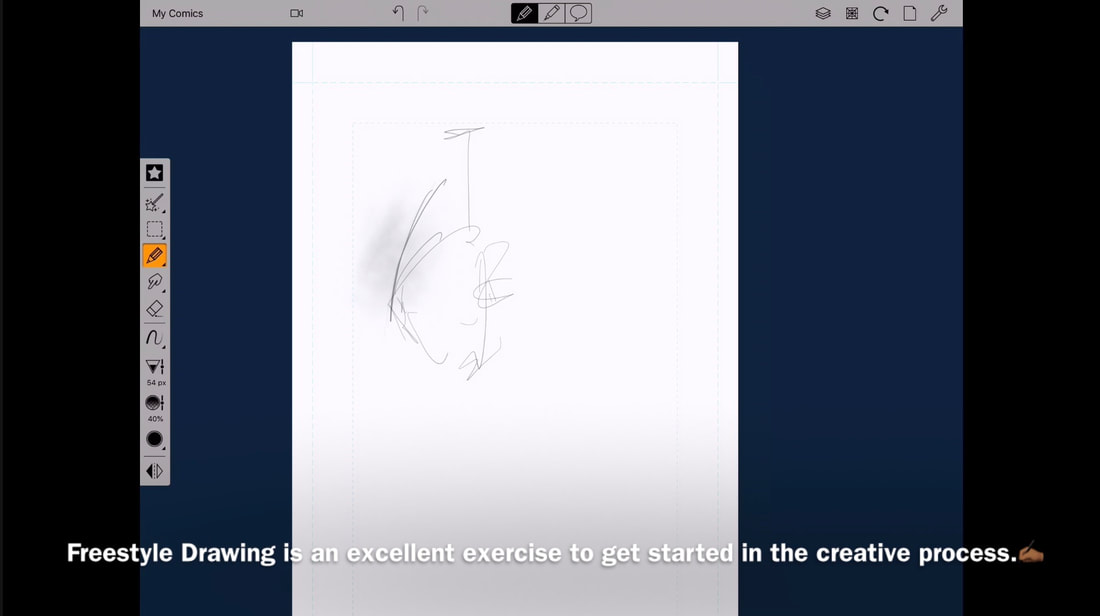



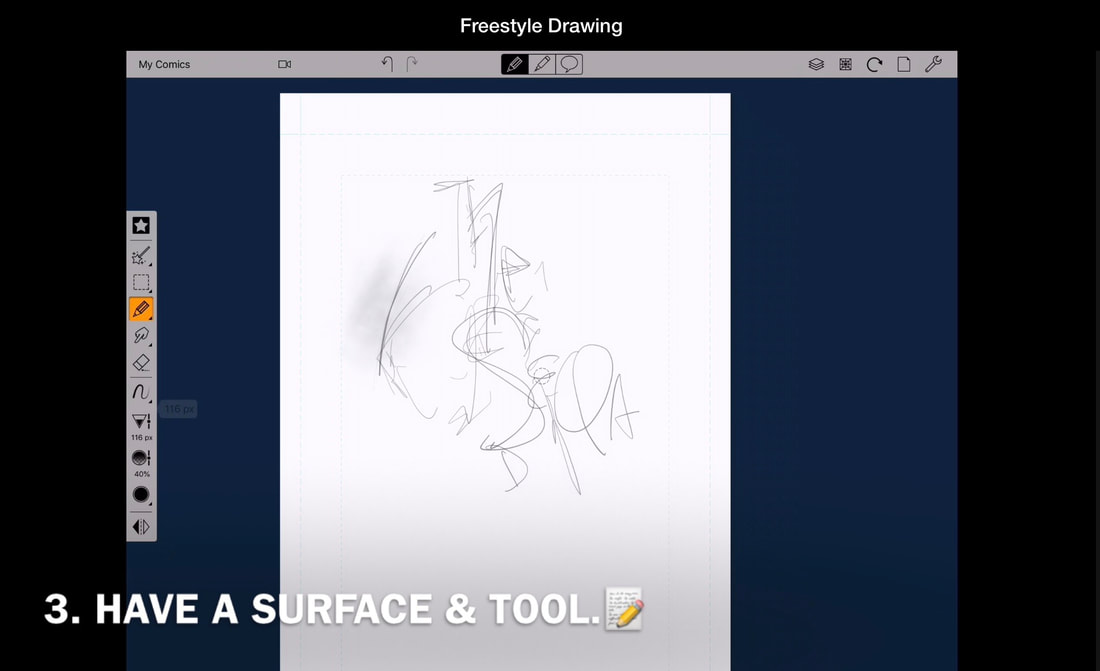


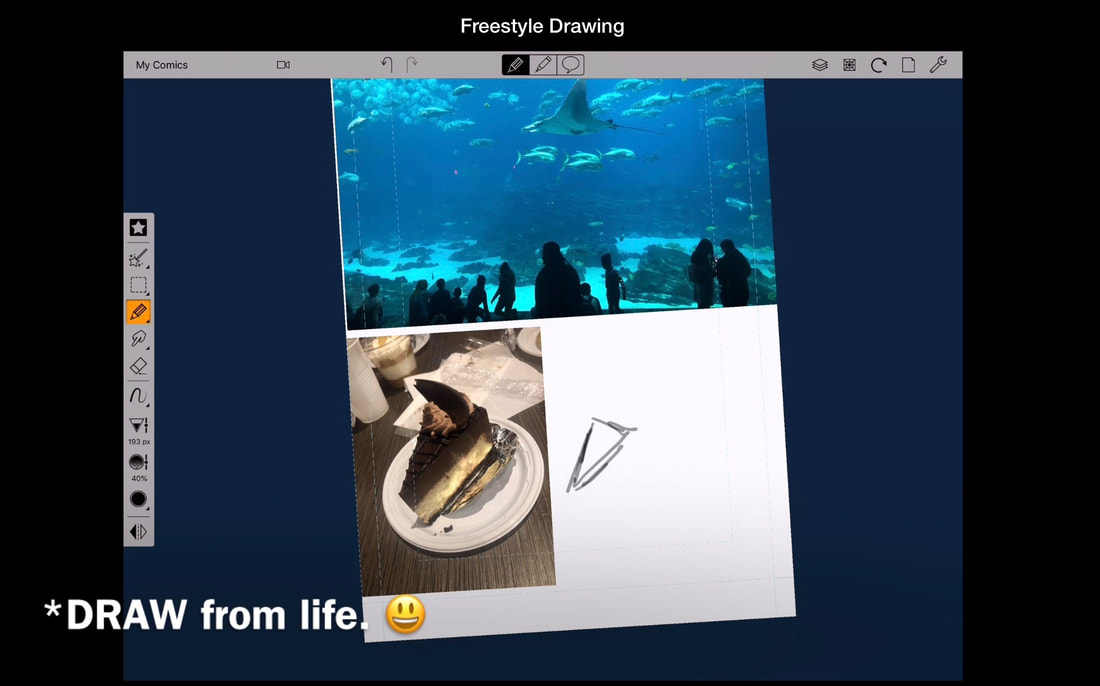
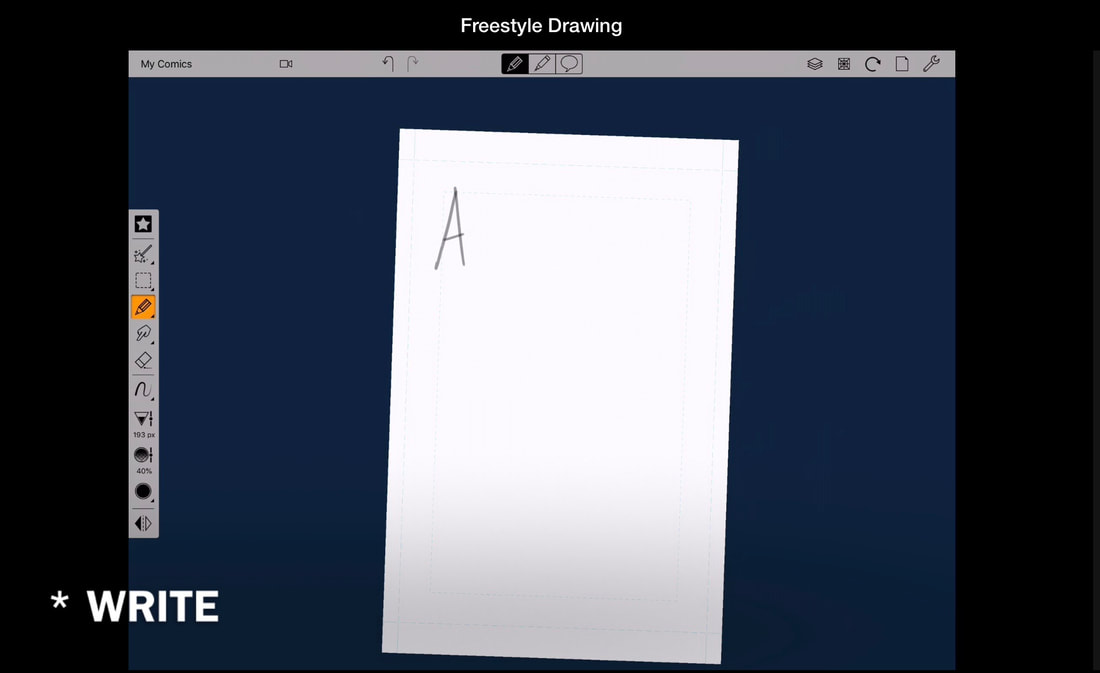
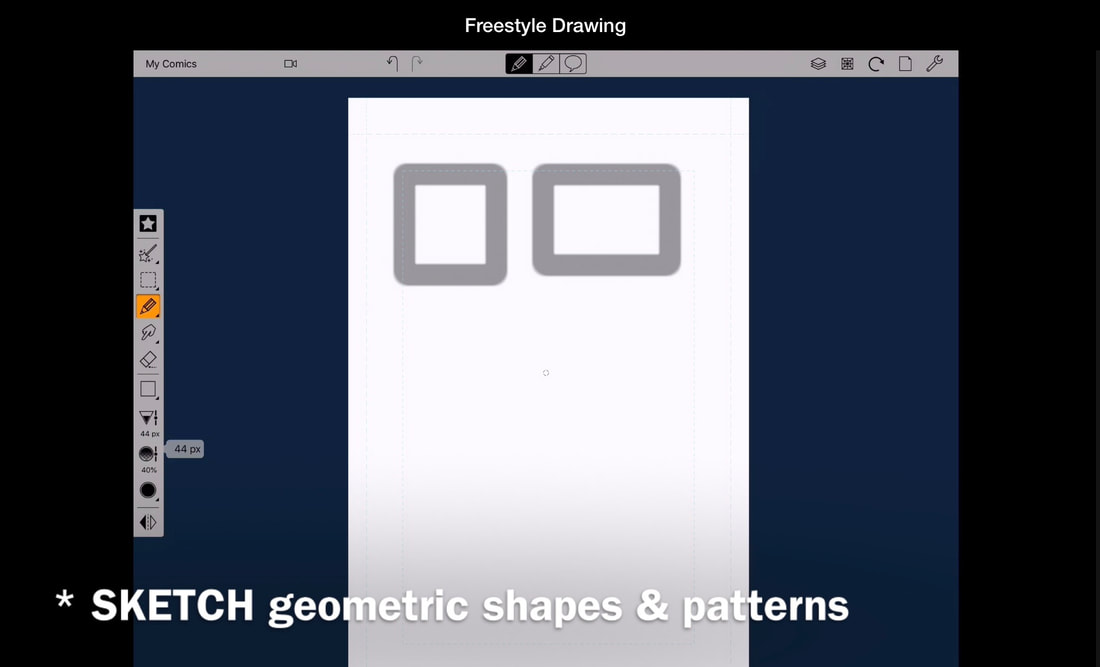





 RSS Feed
RSS Feed
